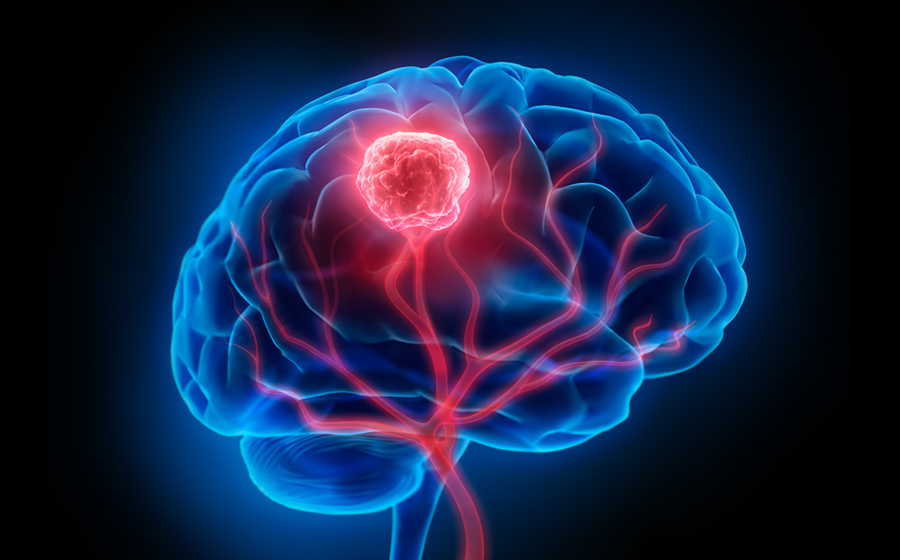Glioblastoma Explained.
Glioblastoma, or GBM, is a fast-growing brain or spinal cord cancer arising from astrocytes, cells that support nerve cells. It spreads quickly, harming healthy tissue. While GBM can strike at any age, it’s more common in older adults, especially men. This month, Keystone and the Glioblastoma Research Organization, a leading brain cancer awareness non-profit, are partnering to make a change.
Be Vigilant.
Recognizing GBM symptoms early is crucial. Look out for persistent:
- Headaches
- Nausea
- Blurred vision
- Seizures
- Memory problems
- Mood changes
- Weakness
- Speech difficulties.
Treatment and Outlook.
There’s no cure for GBM, but treatments like surgery, radiation, and chemotherapy can slow its progress and ease symptoms. With a median survival of just 15 months, it affects about 13,000 Americans annually and is responsible for nearly half of all brain cancer cases. Recognizing the risk factors and symptoms can lead to earlier detection and better outcomes for those affected by this challenging disease.
Glioblastoma Research Organization: The Real Brains Behind the Operation.
Established in 2018, the Glioblastoma Research Organization (GBMRO) is a 501(c)3 nonprofit dedicated to supporting doctors and researchers worldwide in the fight against glioblastoma.
GBMRO has funded eight fully supported projects, contributing over $425,000. While not directly involved in medical research, the organization collaborates with leading cancer centers in the U.S. and Europe to drive advancements in treatment and therapies.
GBMRO’s mission is to raise awareness and generate funds for research towards finding a cure. Through its international network, GBMRO connects with leaders in neuro-oncology, sharing critical research updates online and providing a platform for patients and families to connect, fostering hope in the face of this challenging disease.
Interest in the Glioblastoma Research Organization and how YOU can make an impact? Learn more about the GBMRO.
For additional resources and more information regarding glioblastoma, please read these articles from the Mayo Clinic and Cleveland Clinic.




